Football
NCAA football rules committee recommends targeting appeal | Football
More in Football
-
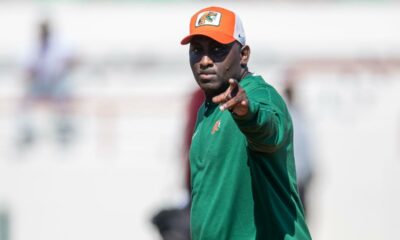

School’s out. What’s next for FAMU football? Head coach James Colzie III provides update
Class is dismissed. Florida A&M’s spring semester concluded last Friday. However, the football team will continue setting the...
-
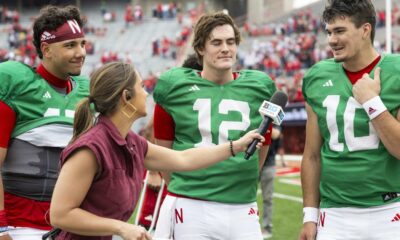

Post-spring progress and projected Nebraska QB depth chart
Nebraska quarterbacks Dylan Raiola, Daniel Kaelin, and Heinrich Haarberg are interviewed by a Big...
-
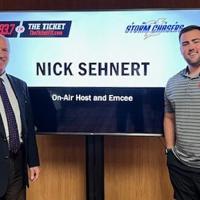

Sehnert high on QB Raiola after Husker spring game
Program Chair Tim Brusnahan stands alongside Nick Sehnert, on-air host at 93.7 The Ticket,...
-
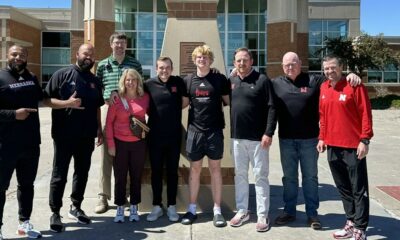

Nebraska football coaches busy on recruiting trail
As spring football ends, a busy summer recruiting period is just getting started for...
-


Mike Riley joins College Football Playoff committee
Mike Riley, former Nebraska football coach, has joined the College Football Playoff Selection Committee...
-


Friday Flakes: Matt Rhule Praises the Loyalty of Both Thomas Fidone and…Chief Borders Nebraska Football Huskers News
You can be critical of Matt Rhule for various things if you want to,...
-


Northern Iowa-Nebraska game will pit Husker AD against former coach
For all the reasons that attracted Troy Dannen to Nebraska, one line on the...
-
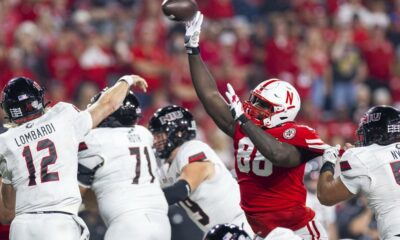

Nebraska’s Ru’Quan Buckley enters transfer portal
Buckley One of the Nebraska football team’s scholarship linemen has opted to look for...
-
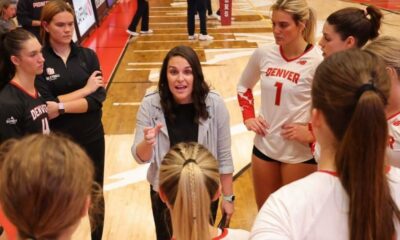

Q&A with Denver’s Megan Pendergast, the ex-Husker looking to turn the corner in Year 2
When you consider that Megan Pendergast didn’t become the head coach of the Denver...





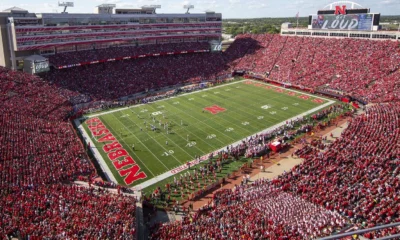

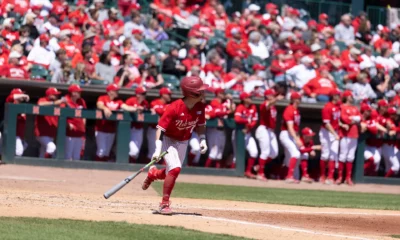





You must be logged in to post a comment Login